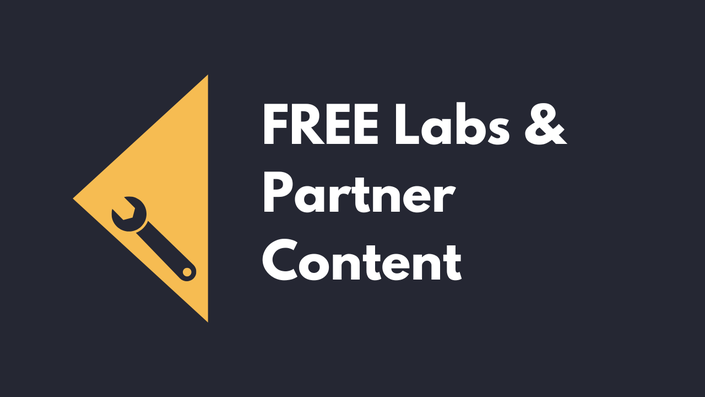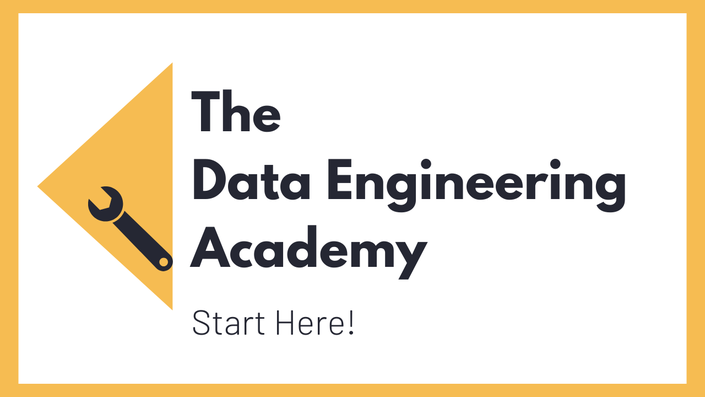Introduction
Description
Generative AI is everywhere, but few understand the core concepts that make it work. The Hidden Foundation of GenAI is your starting point if you want to truly grasp what's behind LLMs, vector search, and semantic understanding. Designed for Data Engineers, this hands-on course focuses on embeddings - one of the most essential (and misunderstood) building blocks in any GenAI system.
We skip the math-heavy theory and give you a practical understanding of how text is turned into vectors, how similarity is calculated, and how this all powers use cases like semantic search and retrieval-augmented generation (RAG). You'll explore a custom-built Embedding Playground, work through real examples in Python, and gain the confidence to start using vector search in your own projects.
This course is the starting point for a dedicated GenAI track in the Academy. Future courses will build on what you learn here, including semantic search, vector databases, and a final project where you’ll implement a full GenAI pipeline with RAG.
GenAI Foundations without the Fluff
Start with a clear, to-the-point intro to embeddings and how they fit into the GenAI ecosystem. No unnecessary jargon, just the essentials every data engineer needs to know.
Embeddings in Practice
Use the Embedding Playground to get a feel for how text similarity actually works. Test different input texts and see how vector similarity scores respond in real time.
You can try out the Embedding Playground for free here:
https://andkret.github.io/embedding-playground/
From Text to Vectors
Understand how transformers generate high-dimensional vectors, how tokenization works, and why the choice of embedding model matters more than you think.
Similarity, Distance, and Meaning
Go hands-on with cosine similarity in Python, and see the difference between structural and semantic similarity. Learn what embedding scores really mean and how they influence what your system returns.
Tokens, Costs, and Real-World Considerations
Explore how tokens are calculated, how they relate to cost in LLM APIs, and why this matters for GenAI workloads in production.
Course Curriculum
- Intro to the GenAI Track: Practical Foundations for Data Engineers (0:24)
- Embeddings in Action: Playground, Search, and RAG (1:46)
- Hands-On with Embeddings: Comparing Text Similarity (2:27)
- Understanding Similarity: From Angles to Embedding Scores (2:13)
- Text Structure vs. Meaning: Understanding Embedding Scores (2:22)
- Why Your Embedding Model Matters (A Lot) (2:33)
- Understanding Tokens: From Text to Vectors to Cost (3:42)
- Embedding Walkthrough: Real Data in Semantic Search and RAG Pipelines (4:19)
- That’s It, you Know Enough to Build (0:47)
Pricing
The Hidden Foundation of GenAI is included in our Data Engineering Academy and also available as Free Lab (only until Dec 1st).









